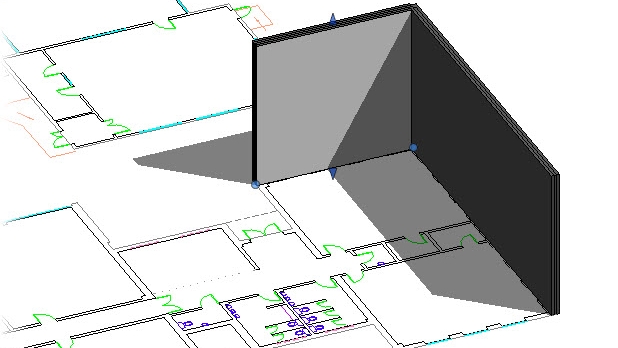5 Building Materials That Will Improve the Future
We are entering an era that is increasing concerned with sustainability and ways for improving the built environment. Lately we've seen buildings with breathable skins and ones that are capable of cleaning and purifying the interior and exterior air. In this article we take a look at 5 building materials that have promise for a cleaner and greener future.
1. Bio-receptive Concrete
image © unsplash
The BiotA Lab at The Bartlett School of Architecture has created a concrete that enables the hosting of microorganisms and nurtures bio-colonization. Essentially, the organisms growing in the concrete produce oxygen and absorb CO2 and pollution.
2. Coconut Husk Board
image © pxhere
While most recognize coconuts for their pulp and milk, lately it has been gathering attention for its husk. Biobased Products at Wageningen UR has developed a new manufacturing method for creating high-grade board material from the husks of coconuts. The process is similar to traditional methods, however, does not require the addition of glue or chemical binders. This is because the coconut flesh contains a high amount of lignin which is a substance that is adhesive for coconut fibres when melted down.
When comparing boards manufactured with coconut husks to traditional boards, the boards made with the husks prove to be more sustainable, environmentally friendly, relatively inexpensive, and neutral when it comes to the production of CO2.
3. Cellulose Nanofibres
image © wikimedia commons
Known for being the world's most advanced biomass material, according to the Nippon Paper Group, cellulose nanofiber is made from wood-derived fiber (pulp) that has been defibrated to the nano level of several hundredths of a micron and smaller. The fiber is known for being light, strong, and environmentally friendly.
4. Aluminum Foam
image © WIki Commons
While the introduction of aluminum foam composites to the building industry has been slow because of costs and lack of connecting techniques, it has been gathering attention. This is because it has a high resistance to fire, a relatively low weight and the ability to reduce sound and vibrations.
5. Microalgae
image © Wiki Commons
As a response to the fact that our planet is running out of renewable energy, some have turned to algae as an answer for delivering fresh air to buildings. The way that algae can be used for buildings is through facades and as a means to provide shade. The Bio Intelligent Quotient (BIQ) building (shown above) is the first example of a building that uses panels filled with algae. As the building is still relatively new, the benefits of algae in construction are being studied, however, it has already exemplified reduced heating costs and CO2 emissions.
cover photo © unsplash














